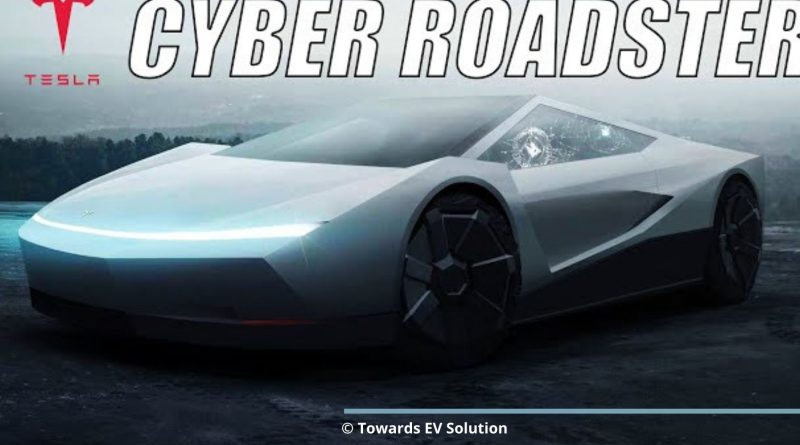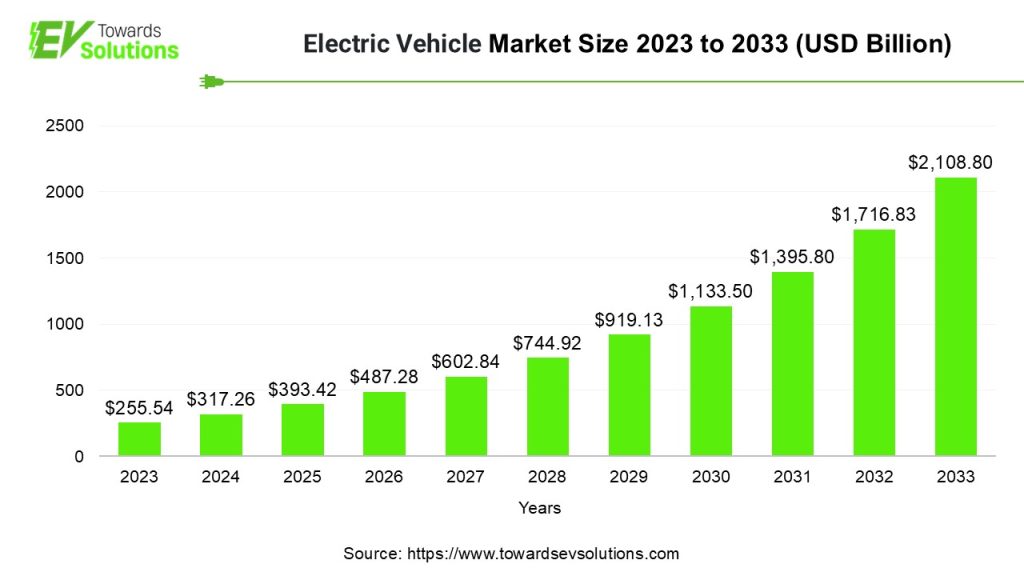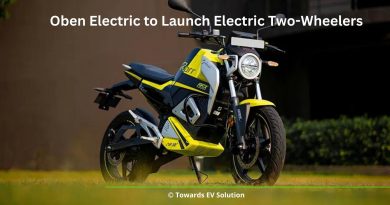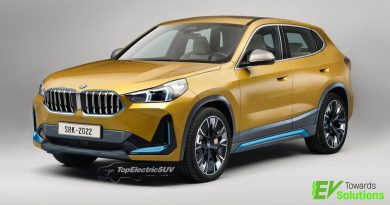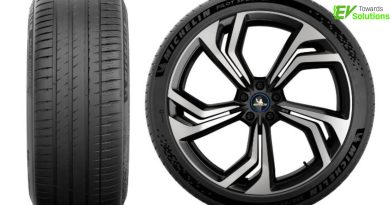Tesla Unveils Revolutionary ‘CyberRoadster’ with Enhanced Battery Technology
CyberRoadster is Tesla’s latest all electric vehicle, a next-generation sports car powered by high-density batteries, and has a liking for robust performance numbers. The new Model S has a 4.7-liter V8 engine and is Tesla’s first major entry into the luxury sports car market since the Roadster model that was unveiled back in 2008.
The new CyberRoadster is fitted with Tesla’s in-house developed solid-state batteries, which boost its range to 620 miles per charge. This advancement addresses one of the key challenges in the adoption of electric vehicles (EVs), which is range anxiety. The solid-state batteries also cut charging time to about half that of previous lithium-ion batteries, thus delivering value-added turnaround time for drivers.
This addition fits well with the CyberRoadster’s 0-60 mph feature in under 2 seconds, which places this vehicle in the highest class in innovation. Additionally, features such as a dual-motor all-wheel drivetrain and active aerodynamic technology mean that the car is stable, powerful, and responsive.
Electric Vehicle Market Size
According to Precedence Research’s report on the global electric vehicle market size is predicted to increase from USD 317.26 billion in 2024 to approximately USD 2108.80 billion by 2033. The sector is estimated to touch over USD 393 billion in 2025 and is registering a notable CAGR of 23.42% from 2024 to 2032.
Key Features of Tesla’s CyberRoadster
- Extended Range: The new battery technology allows the CyberRoadster to feature one of the longest ranges of any production EV on the market today – 620 miles on a single charge. This capacity gives an opportunity to use the sports car as the sports car and at the same time as the car for the long distance traveling.
- Incredible Acceleration: The CyberRoadster takes only 1. 99 seconds to get from 0 to 60 mph making it one of the most efficient mass-produced cars to date. Tesla has then designed the car in a way that outperforms most traditional GLH sports cars; it is, nevertheless, an environmentally friendly car.
- Solid-State Batteries: The widespread use of solid-state batteries gives a considerable advantage to the density of energy, safety, and efficacy of the vehicle. Not only are these batteries smaller and lighter but they last longer and allow for a faster charge without impacting the car’s range.
Growth of the Electric Sports Car Market
The electric sports car segment is rapidly evolving because of ongoing breakthroughs in battery technologies and an increasing need for electrified performance vehicles. Battery electric sports car gross sales have been 50,000 units internationally in 2023. This increases to 150,000 by 2027 as the industry specialists predict. The growth in high-performance EVs is attributed to extended range capacity, the ability for faster acceleration, and the government’s push towards zero-emission vehicles.
Several governments globally are offering people rebates for buying EVs with much emphasis being placed on sports utility vehicles that are notorious for their high fuel consumption. Tesla capitalize on such trends because the CyberRoadster aligns with three major factors likely to drive consumer demand in the EV market, namely luxury, sustainability, and innovation.
Global Electric Sports Car Sales Projections (2023–2027)
| Year | Electric Sports Car Sales (Thousand Units) | Growth Rate (%) |
| 2023 | 50 | — |
| 2024 | 80 | 60.0 |
| 2025 | 110 | 37.5 |
| 2026 | 130 | 18.2 |
| 2027 | 150 | 15.4 |
Tesla’s Vision for the Future
An important area within the company’s strategic vision for the future is the increase in the line of electric vehicles for different customer segments. The CyberRoadster, the company is striking out the high-end sports car market, however, the company’s future models are cheap ones to be produced for the broader public. Tesla is also continuing to improve upon self-driving features, which implemented into the CyberRoadster in a future software version.
Annual sales of the CyberRoadster are expected to be around 40000 by 2027, and Tesla believes that it makes up the majority of its sports car sales. Given the intensification of competition in the EV segment, including in the premium segment, Tesla has it under control thanks to performance and battery advancements, and environmental concerns.
Tesla’s Gigafactories able to scale up to the occasion and produce components for the coming surge with emphasis on the solid-state batteries that are going to form the bedrock of the CyberRoadster. Furthermore, it is currently situated in the process of developing the Supercharger network by planning to install 50,000 new chargers by 2028 for range convenience.
With a Master of Science in Statistics and over two years of expertise in the market research industry, Rushikesh brings a wealth of knowledge to the world of electric vehicle (EV) news. His passion for the automotive sector, combined with his statistical expertise, allows him to analyze trends, consumer behavior, and emerging technologies with precision. Rushikesh’s ability to dive deep into the numbers, yet communicate them in a reader-friendly manner, makes him a key voice in the fast-evolving EV industry.
Having spent his academic and professional career immersed in data-driven analysis, Rushikesh leverages his strong statistical foundation to offer insights that are both thorough and forward-thinking. His keen interest in the automotive industry, especially electric vehicles, positions him uniquely to understand not only the current landscape but also the trajectory of the sector as governments, manufacturers, and consumers increasingly lean towards sustainable transportation.

